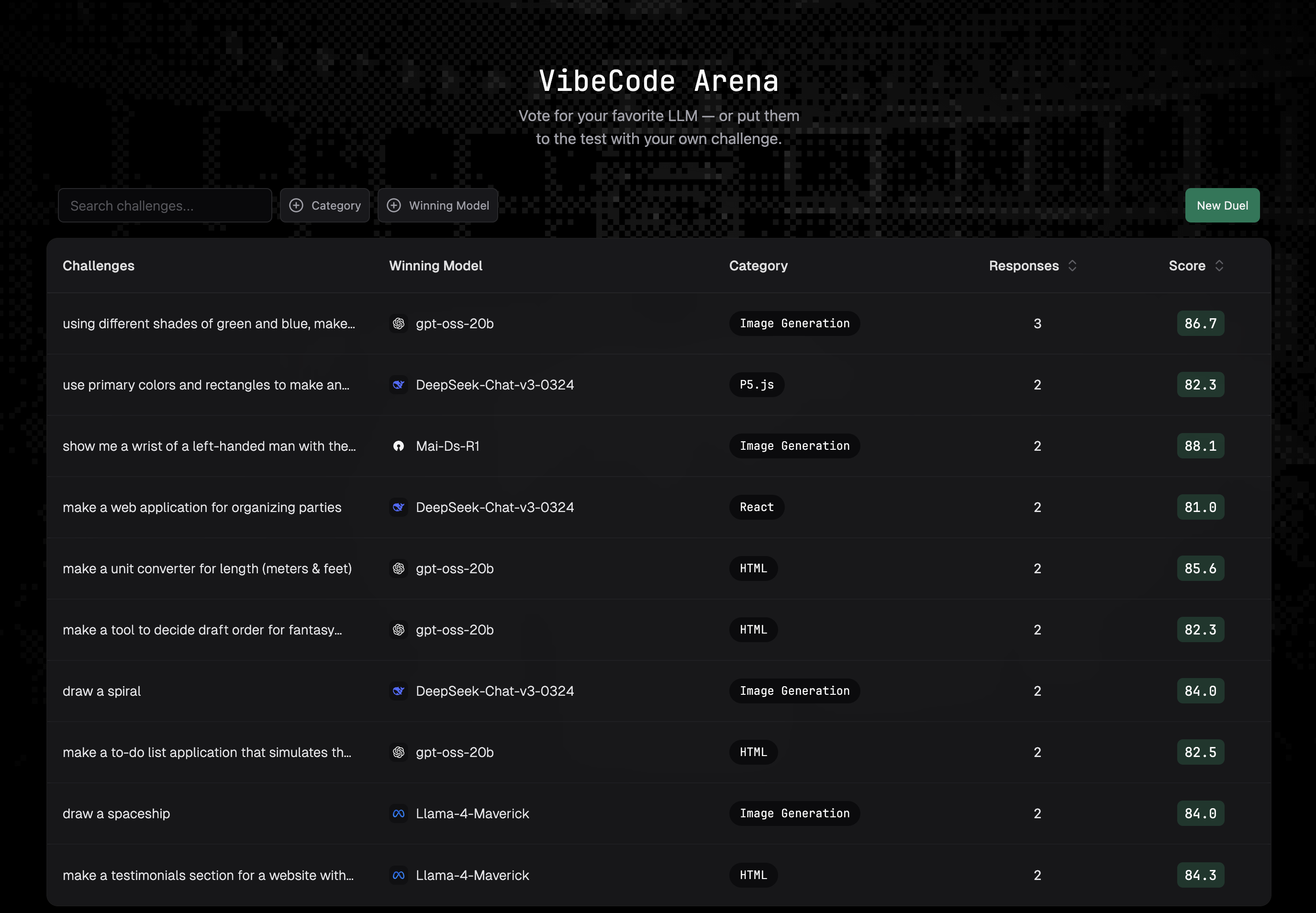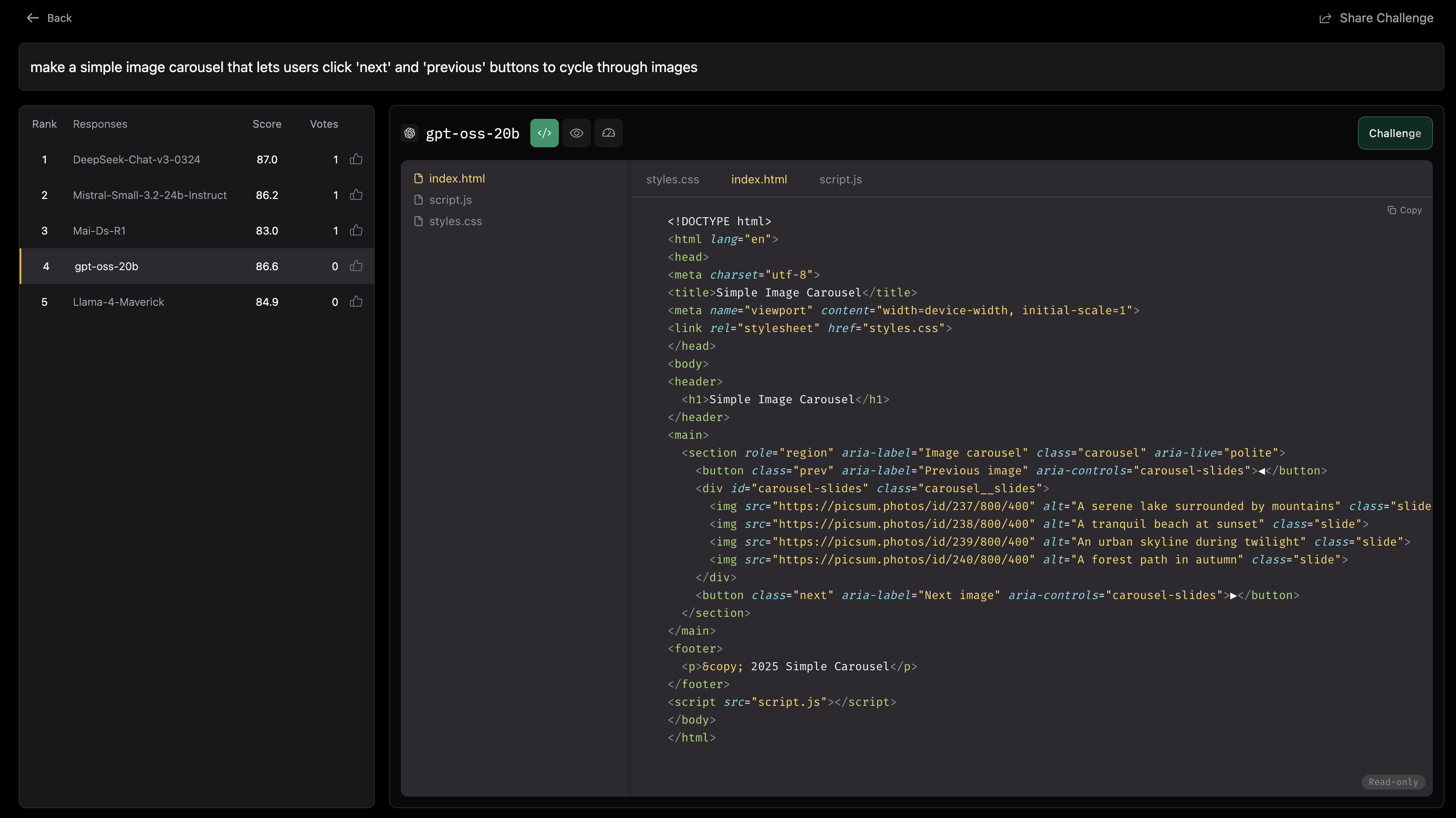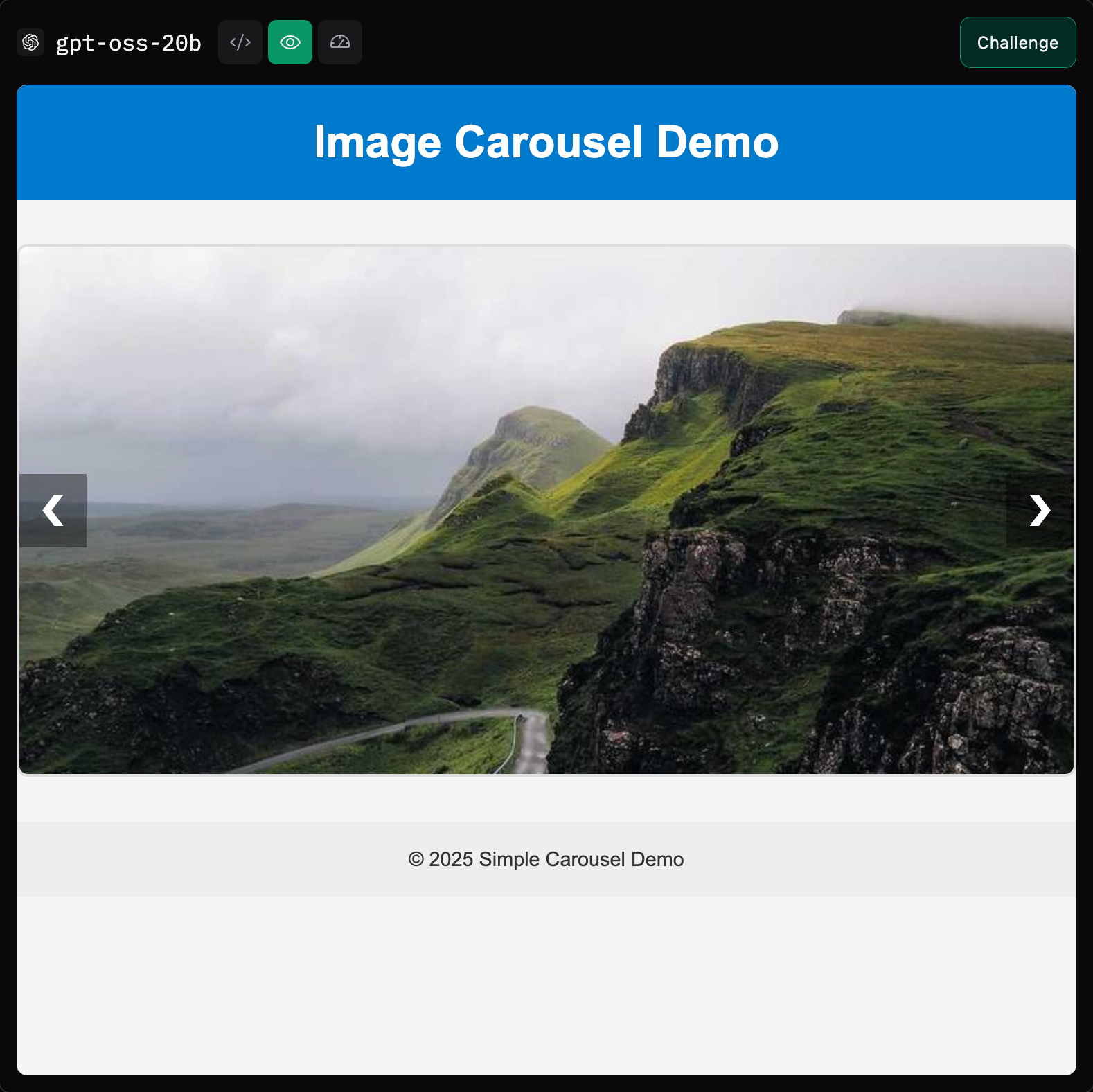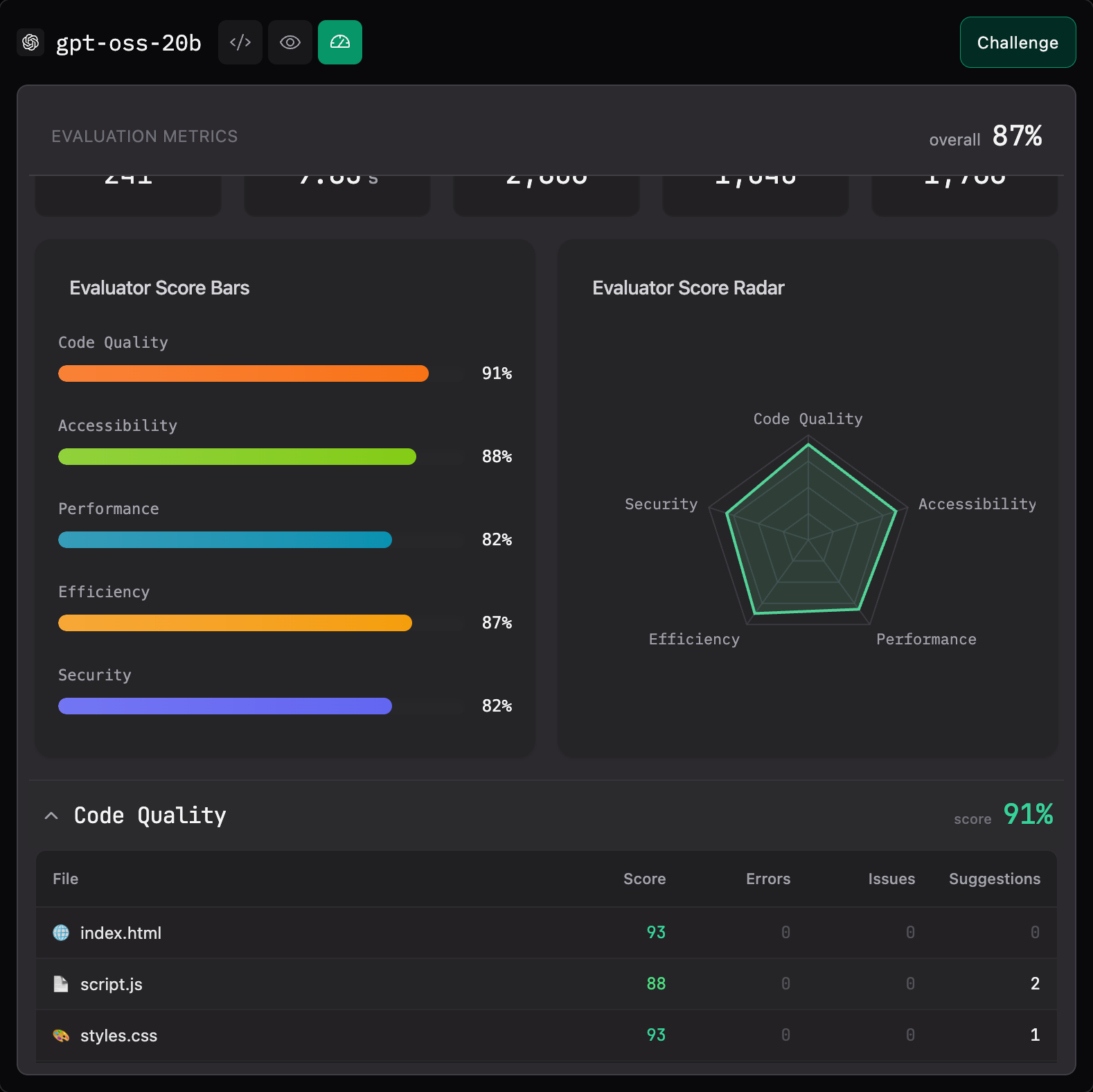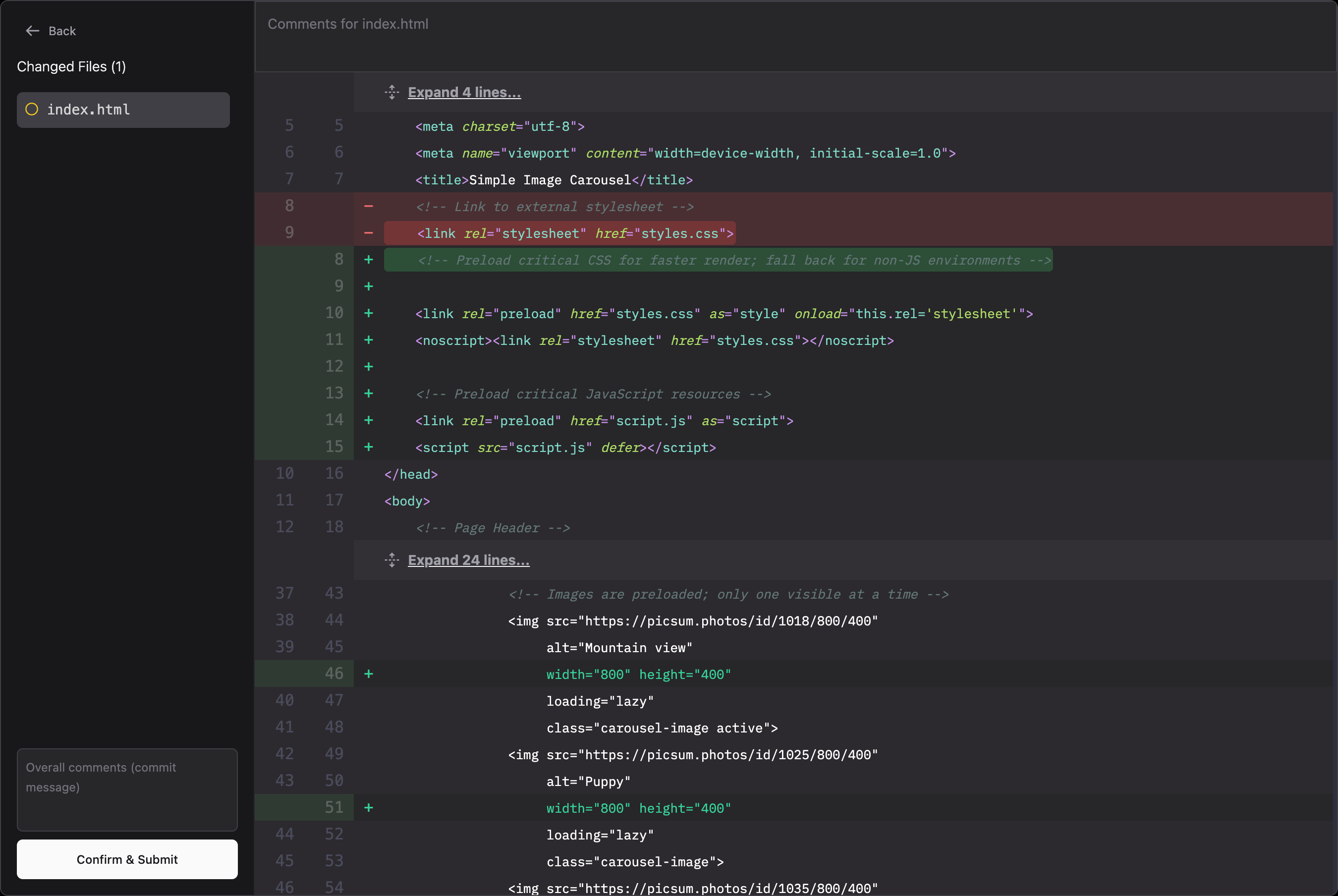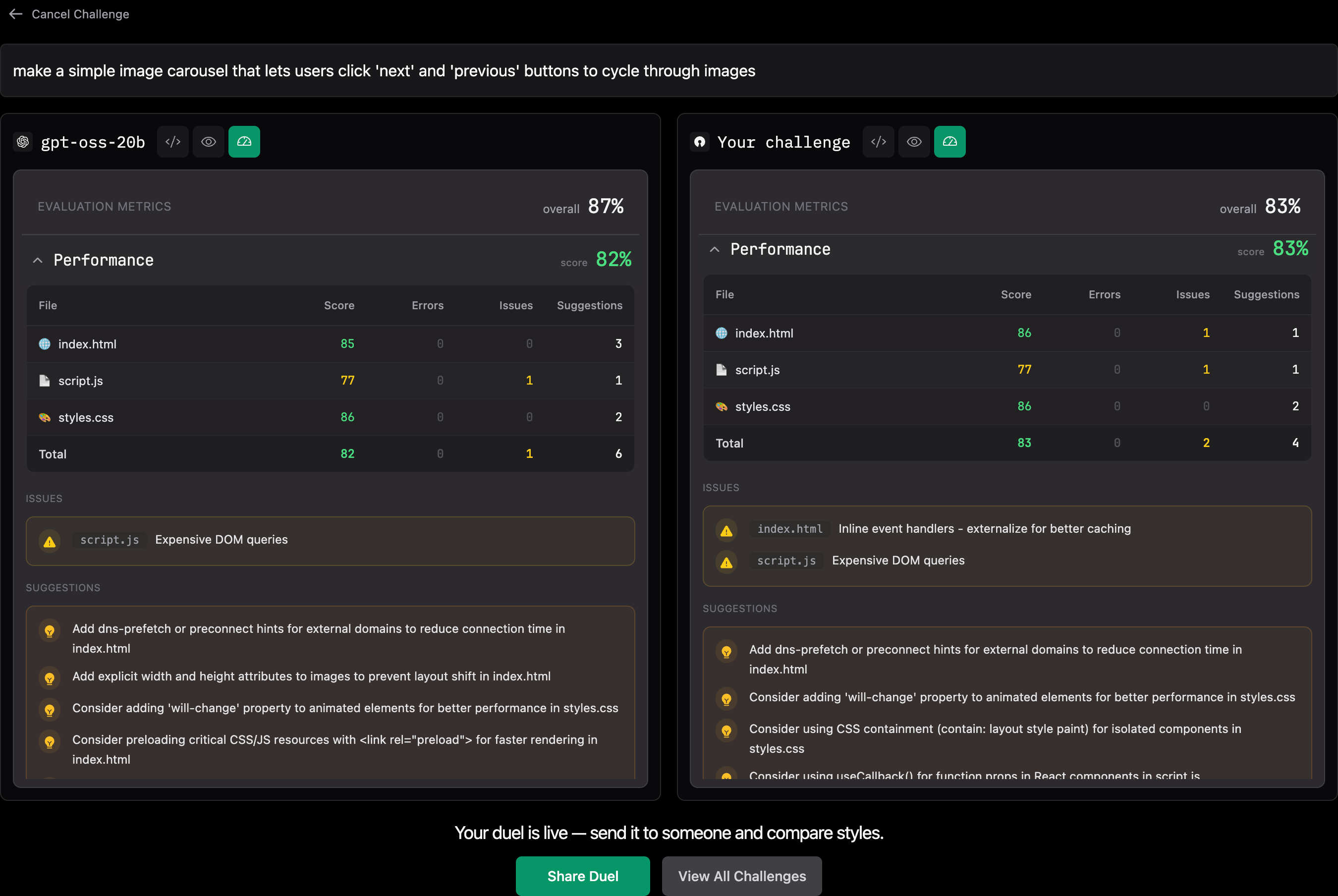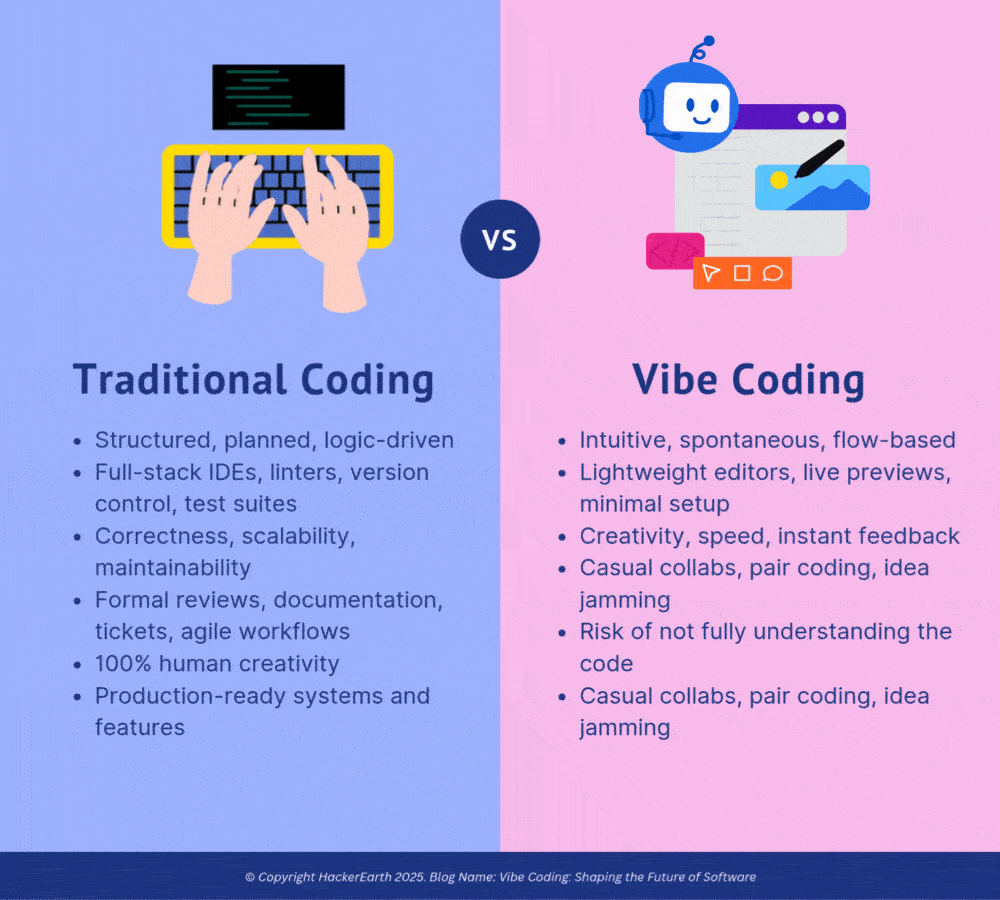Seasonal hiring can be a daunting task, whether it is peak accounting season for finance companies or the time for a product launch, recruiting talent on short notice can be complicated and economically draining. This is where predictive analytics to prepare a recruitment pipeline for seasonal hiring comes into the picture. Creating a talent pipeline for seasonal hiring not only helps companies cut down on hiring costs but also expedites the process without a lot of bottlenecks. This article aims to answer questions like How to build a productive recruitment pipeline for seasonal hiring, What seasonal hiring is, How it differs from traditional recruitment processes, etc.
Job boards: Post openings on popular job sites.
Social media: Leverage platforms like LinkedIn and Facebook to reach potential candidates.
Employee referrals: Encourage current employees to refer qualified candidates.
Example: A logistics company might build a talent pool by reaching out to past seasonal workers who performed well but were not hired full-time. By nurturing these relationships, they can quickly fill positions as needed.
The benefits of an effective seasonal recruitment pipeline are clear: reduced time-to-fill positions, improved candidate quality, and enhanced operational efficiency during critical times. As demonstrated by successful companies across various industries, investing in a solid recruitment strategy pays off significantly during peak seasons—ensuring businesses can meet customer demands while maintaining high service levels.
By adopting these practices and continuously optimizing their approach, organizations can build sustainable seasonal workforces that drive success year after year.
What Is Seasonal Hiring? How Is It Different From Traditional Hiring?
Seasonal hiring refers to hiring processes conducted during peak business seasons in an organization. A recruitment pipeline refers to a recruitment framework specifically designed to meet the talent needs of an organization. Having a recruitment pipeline contributes to the overall hiring success of the organization. It comprises important hiring tasks that involve candidate sourcing, workforce planning, resume screening and interviewing potential candidates, designing an applicant tracking system (ATS) and finally, onboarding and training process. During a seasonal recruitment process, the interview and screening process is tailored to suit the organisation’s short-term goals during peak business season.How To Build A Recruitment Pipeline?
Building a recruitment pipeline occurs in different stages. The entire process takes extensive planning, consideration of employer branding at every point of the recruitment system. Seasonal hiring requires hiring teams to have a clear understanding of the organization’s business goals and the pulse of the candidate pool they aim to tap into. The following tips can help build a robust recruitment pipeline for seasonal requirements.Start Early: Planning Ahead
Seasonality is a regular event. For example, if an organization conducts heavy business during festive seasons, hiring teams must be well prepared to conduct recruitment or outsource it at least Two months prior to the beginning of the season. For example, Companies like Macy's begin their winter recruitment efforts more than six months before the holiday season. This allows them to plan for any hiring contingencies and build a robust talent pool of candidates who are interested in helping Macy’s achieve its seasonal business goals. According to a report by Reuters, the retail sector alone is expected to add 520,000 new jobs in the final quarter of 2024. Starting early can help businesses secure top talent before competitors do.Develop a Sourcing Strategy
It is essential to conduct thorough market research and analysis to find the best sourcing strategy. Businesses should make use of multiple channels to attract quality candidates. For high-volume recruiting, reaching out to RPO firms and recruitment agencies that specialise in seasonal recruitment are good options to consider. For long-term recruitment, organizations should consider exploring the following recruitment sources.Job boards: Post openings on popular job sites.
Social media: Leverage platforms like LinkedIn and Facebook to reach potential candidates.
Employee referrals: Encourage current employees to refer qualified candidates.
Build Talent Pools
Creating talent pools involves collecting resumes and information from potential candidates throughout the year, even when there are no immediate openings. This strategy allows businesses to maintain relationships with previous applicants and keep them engaged.Example: A logistics company might build a talent pool by reaching out to past seasonal workers who performed well but were not hired full-time. By nurturing these relationships, they can quickly fill positions as needed.
Craft Inclusive Job Descriptions
Great job descriptions attract a diverse pool of candidates. It is important to ensure that job descriptions are crafted with language that indicates diversity and inclusion in the workplace. Although seasonal recruitment means hiring for temporary positions, good candidates often get selected for the long term. An apt job description ensures candidate engagement and pleasant candidate experience.Utilize Technology
Today’s era demands employing recruitment technologies that ensure compliance with the latest recruitment guidelines, and offer automated resume screening services and interviewing techniques, thus improving employer branding and candidate experience. Application Tracking Systems can help manage incoming applications and track their status down the pipeline. Companies like Amazon have invested heavily in technology to streamline their seasonal hiring processes. They use data analytics to predict staffing needs based on historical trends and customer demand, allowing them to adjust their recruitment strategies accordingly.Focus on Candidate Experience
A positive candidate experience is crucial for attracting and retaining seasonal workers. Organizations should ensure that their application process is straightforward and user-friendly. This includes:- Clear job descriptions
- Timely communication
- Efficient onboarding processes
Engage Candidates Throughout the Process
Candidate experience is one of the crucial cornerstones for which organisations strive to perfect the recruitment process. Establishing clear communication with applicants and informing them of their application status after the screening and interview stages is a major indicator of how much candidate experience matters to businesses. Candidate experience is a major factor affecting employer branding. Retailers like Target send personalized emails to applicants, providing updates and tips for interviews, which enhances candidate engagement and reduces drop-off rates during the hiring process.Offer Competitive Compensation and Benefits
To attract top talent during peak seasons, businesses should consider offering competitive compensation packages. This could include higher hourly wages, signing bonuses, or flexible work arrangements. During the holiday season, many retailers offer increased pay rates or bonuses for seasonal employees as an incentive for joining their team. This strategy not only attracts more applicants but also helps retain quality workers.Monitor and Optimize Your Pipeline
Regularly reviewing your recruitment pipeline allows you to identify areas for improvement. Analyze metrics such as time-to-fill positions, candidate quality, and turnover rates among seasonal hires. Companies that actively monitor their recruitment processes can reduce time-to-hire by up to 30%, significantly improving their ability to meet seasonal demands.Conclusion
Building a recruitment pipeline for seasonal hiring requires strategic planning, effective sourcing methods, and a focus on candidate experience. By starting early, utilizing technology, and engaging with potential hires throughout the process, organizations can create a robust pipeline that ensures they are well-prepared for peak periods.The benefits of an effective seasonal recruitment pipeline are clear: reduced time-to-fill positions, improved candidate quality, and enhanced operational efficiency during critical times. As demonstrated by successful companies across various industries, investing in a solid recruitment strategy pays off significantly during peak seasons—ensuring businesses can meet customer demands while maintaining high service levels.
By adopting these practices and continuously optimizing their approach, organizations can build sustainable seasonal workforces that drive success year after year.








